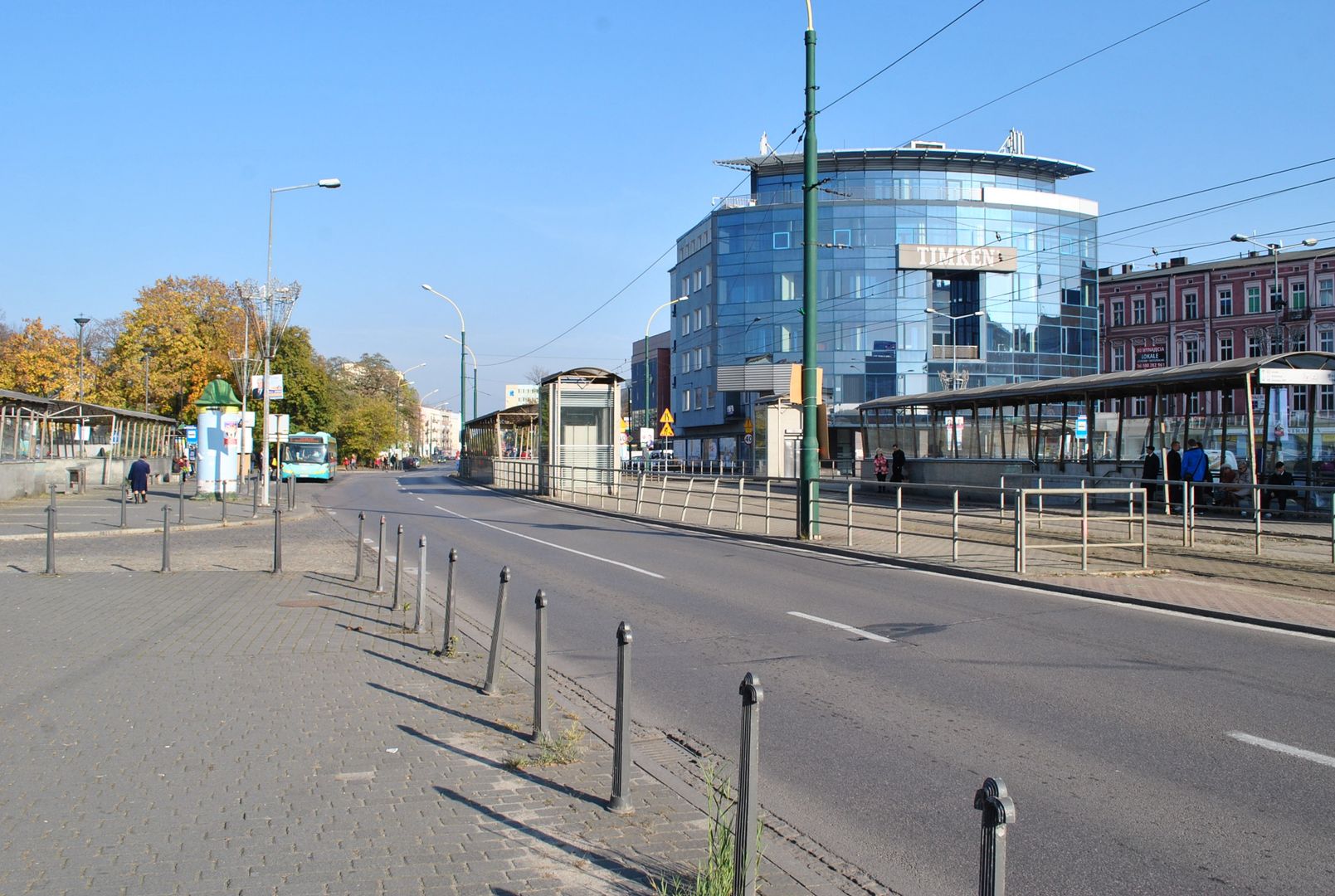Sosnowiec Main Station
8.33

Overview
Sosnowiec Główny is an important railway station located in the center of Sosnowiec, classified in the highest Premium category by PKP (Polish State Railways). It was established on August 24, 1859, as a border station between the Warsaw-Vienna Railway and the Upper Silesian Railway. Its neoclassical building, designed by Italian architect Henryk Marconi, is an example of historic railway architecture. The station's interiors, including waiting rooms and service facilities, have undergone a series of modernizations, with the last comprehensive revitalization carried out between 2014 and 2015. The station is a key transport hub, serving regional and long-distance trains, including international connections, making it a central transportation point in the region.
From a historical perspective, the establishment of the station contributed to the rapid development of Sosnowiec and its surrounding areas. In 1902, the city received municipal rights, and the station played a key role in the region's economic growth. During the January Uprising in 1863, a battle took place between Polish insurgents and Russian forces, highlighting its significance in Polish history.
Sosnowiec Główny is also well-connected to urban transport, allowing passengers to use numerous bus and tram lines. Public utility facilities are located near the station, underscoring its central position in the city's communication system.
The station was part of the Silesian Voivodeship's Industrial Monuments Route, and although it was removed from the route in 2012 due to a lack of attractions, cultural events such as Industriada still take place here. The facility has been adapted to meet the needs of people with disabilities, making it more accessible to all travelers. Station amenities, such as the passenger information system and new small architectural elements on the platforms, emphasize its modern character.
Interestingly, the station played a key role in increasing freight and passenger traffic, quickly surpassing the statistics of the Granica station. Its hallmark is its rich history, which reflects both the development of railway transport in Poland and the accompanying social and economic changes.
Location
2025 Wizytor | All Rights Reserved